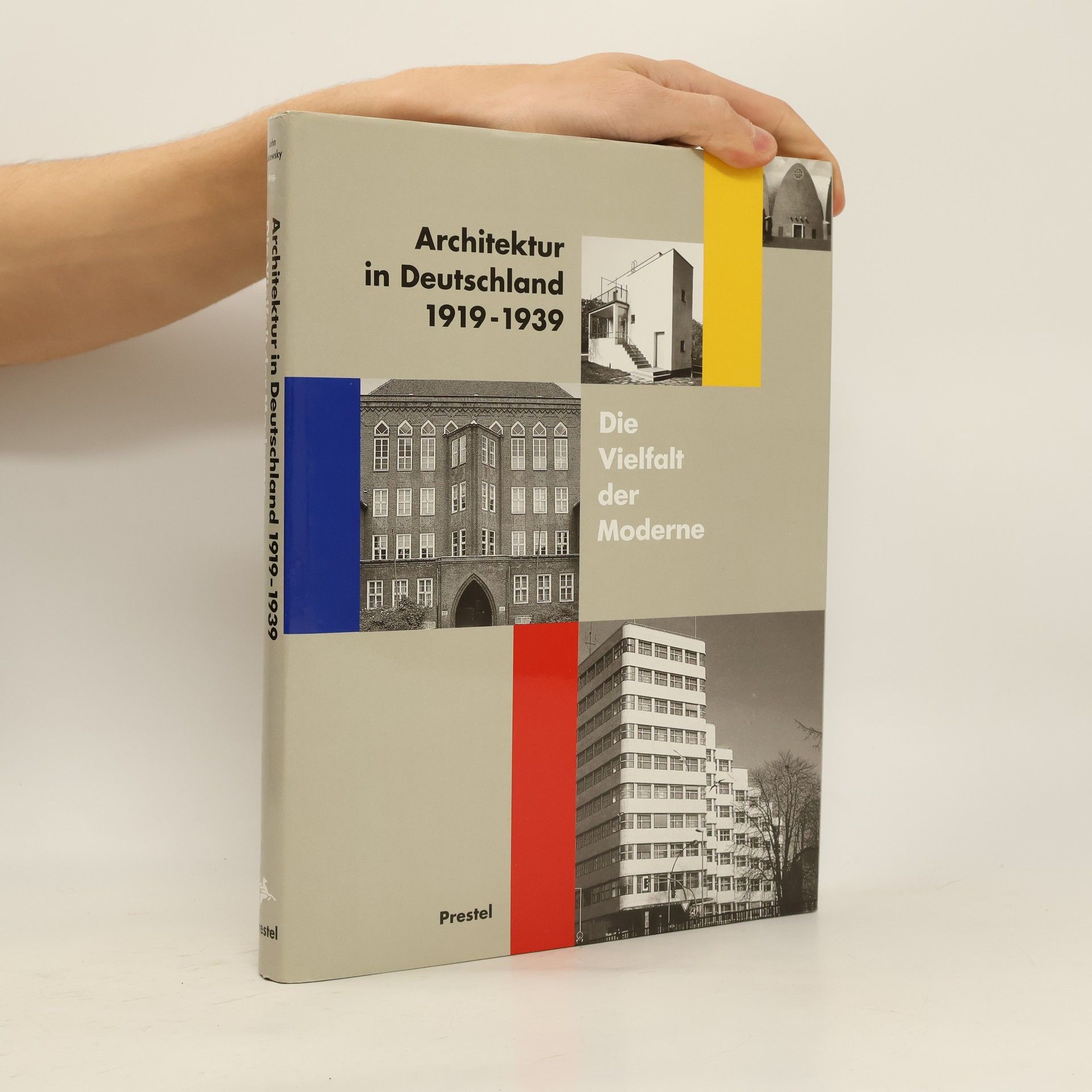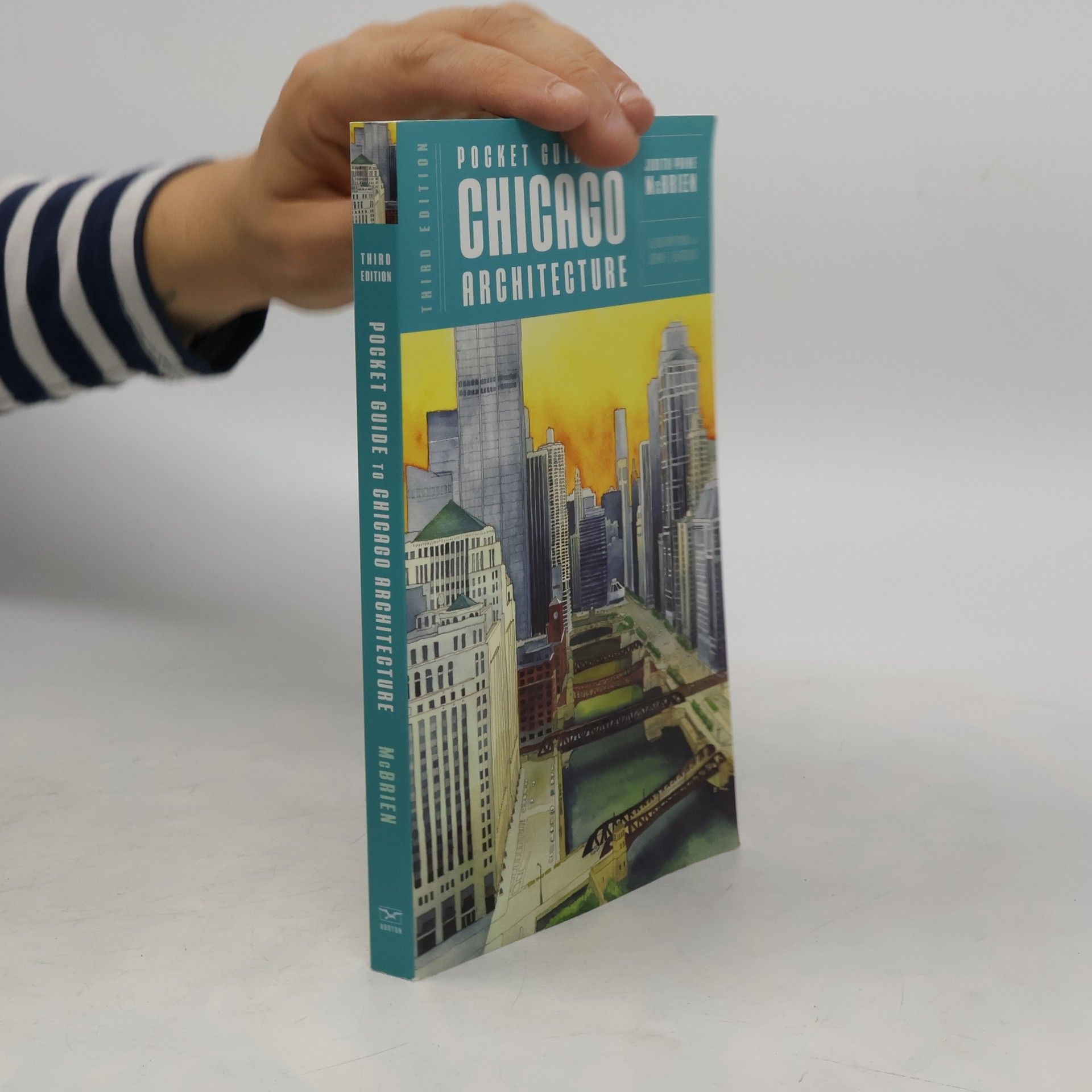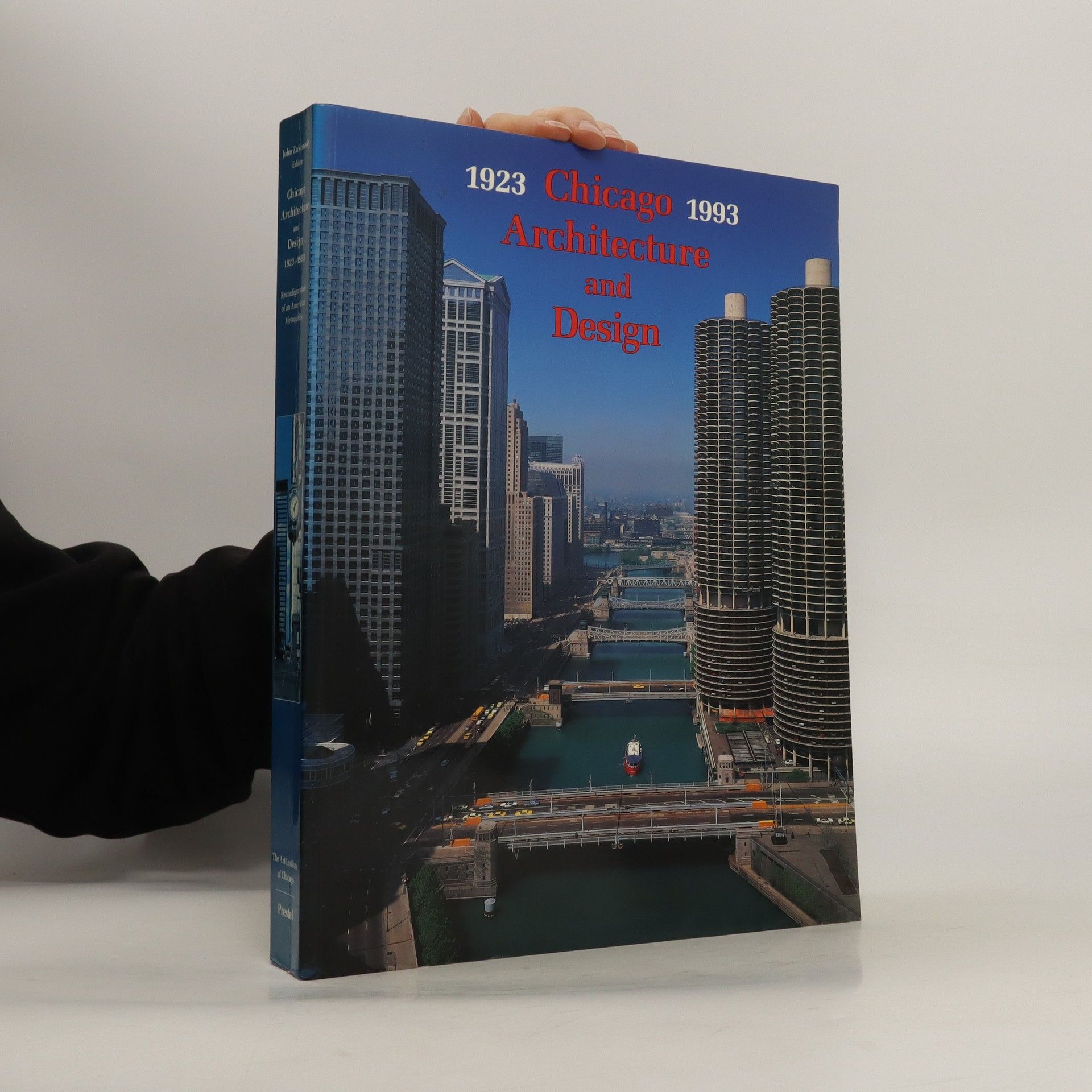Die Geschichte der Architektur
Von der Pyramide zum Wolkenkratzer. Mit 350 Farb-Abbildungen






Von der Pyramide zum Wolkenkratzer. Mit 350 Farb-Abbildungen
Fifty of the world’s most important buildings seen through specially commissioned isometric illustrations and detailed photographs and plans, providing the perfect introduction to architecture for students and anyone interested in buildings. Taking readers behind architecture’s facades and finishes, this charmingly illustrated book explores how some of the most important buildings in the world were constructed. Specially commissioned isometric drawings present the essential structural elements of the world’s masterpiece buildings that are not visible to the naked eye. These illustrations are displayed alongside plans, details, and photographs, all of which are clear and accessible, yet accurate and elegant enough to satisfy the most discerning eye. This fascinating book explores the thinking and expertise behind architects’ designs and offers a means by which to better understand buildings already visited as well as those on the must-see list. Selections range from domestic structures such as Frank Lloyd Wright’s Fallingwater and skyscrapers such as the Chrysler Building, to iconic classics such as the Louvre and Barcelona’s famed Sagrada Familia Cathedral. The buildings have been chosen for their importance and interest, their role in the development of architectural thinking, and the structural secrets that intricate 3-D drawings can reveal.
What is the reasoning behind some of the most controversial buildings in the world? In this original and engaging study of iconic and iconoclastic modern architecture from the unusual to the truly avant-garde, John Zukowsky examines the design and purpose of 100 modern buildings and the reaction they provoked when they were built. From the work of such world-renowned architects as Ludwig Mies van der Rohe, Frank Gehry and Zaha Hadid to the maverick creations of Bruce Goff, Shin Takamatsu and Shigeru Ban, extraordinary buildings are part of our everyday lives - but some buildings provoke strong reactions. 'Not in my backyard' is a phrase often heard in the discussion of architecture, but what is it about these buildings that is so controversial? This fascinating study selects 100 iconoclastic buildings that pushed the boundaries of the acceptable when they were built, but have since become revered. It unravels the complex stories behind their construction, placing each building in its cultural context and discussing why it was created and what influence it has had on architectural design. You'll discover why some architects choose to prioritize function over aesthetic appeal - or vice-versa - and why others appear to challenge every accepted architectural value. You'll also learn how many buildings were influenced by global events such as the Space Race, and how others were made possible by timely technological innovation.
Updated and expanded to chart Chicago’s evolving urban landscape, the third edition of this popular handbook is the perfect companion for self-guided walking tours, as well as an excellent source of information for those wishing to explore the internationally acclaimed architecture of Chicago. Over 100 highlights of the downtown area are covered, with accompanying maps, a glossary of architectural terms, and an index of architects and buildings designed to orient the reader along architectural routes from Michigan Avenue to the Riverfront to the Loop. Also included in this third edition is a fourth section highlighting the city’s diverse campus architecture, from work by Mies van der Rohe and Rem Koolhaas at the Illinois Institute of Technology to the Hyde Park neighborhood of the University of Chicago, where Frank Lloyd Wright’s Robie House stands.